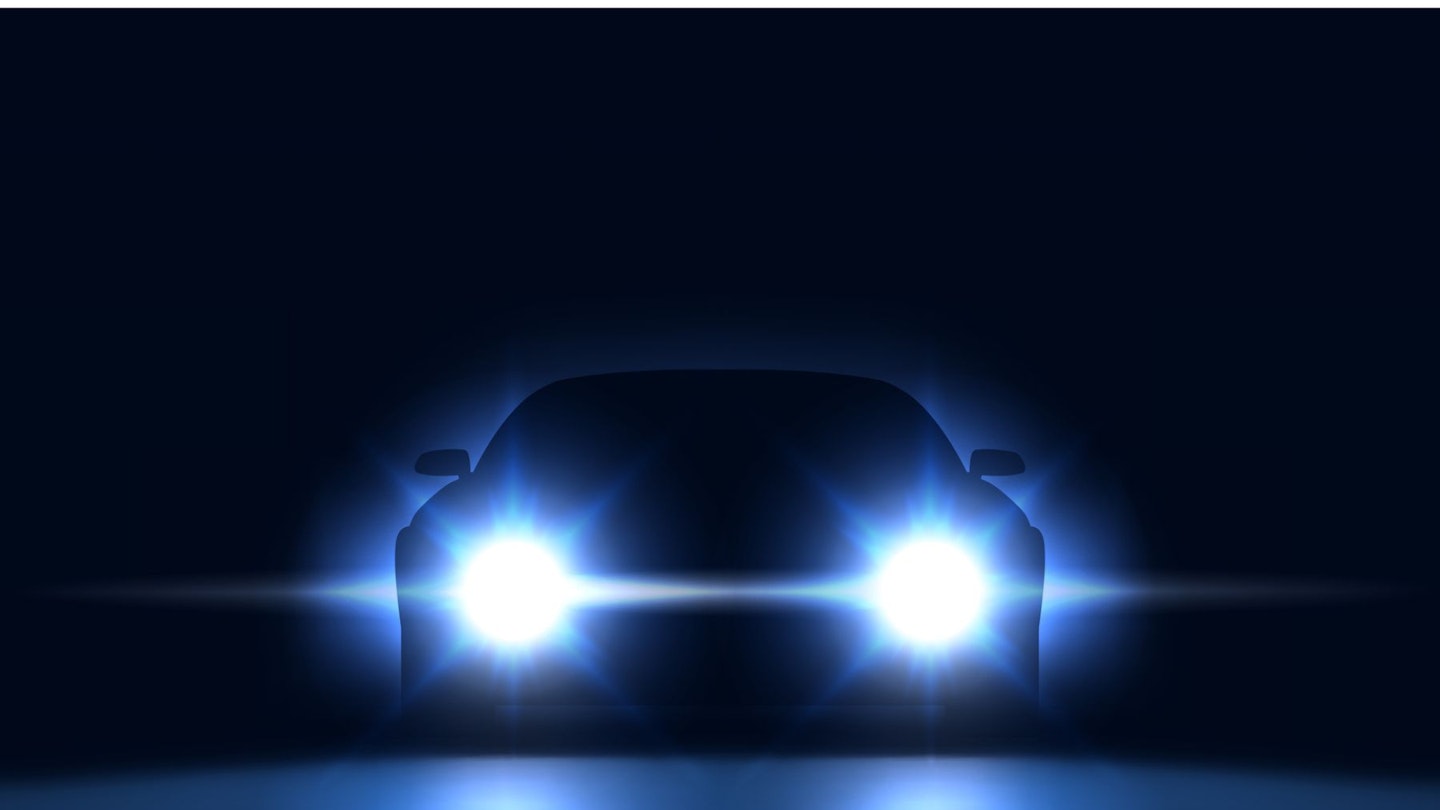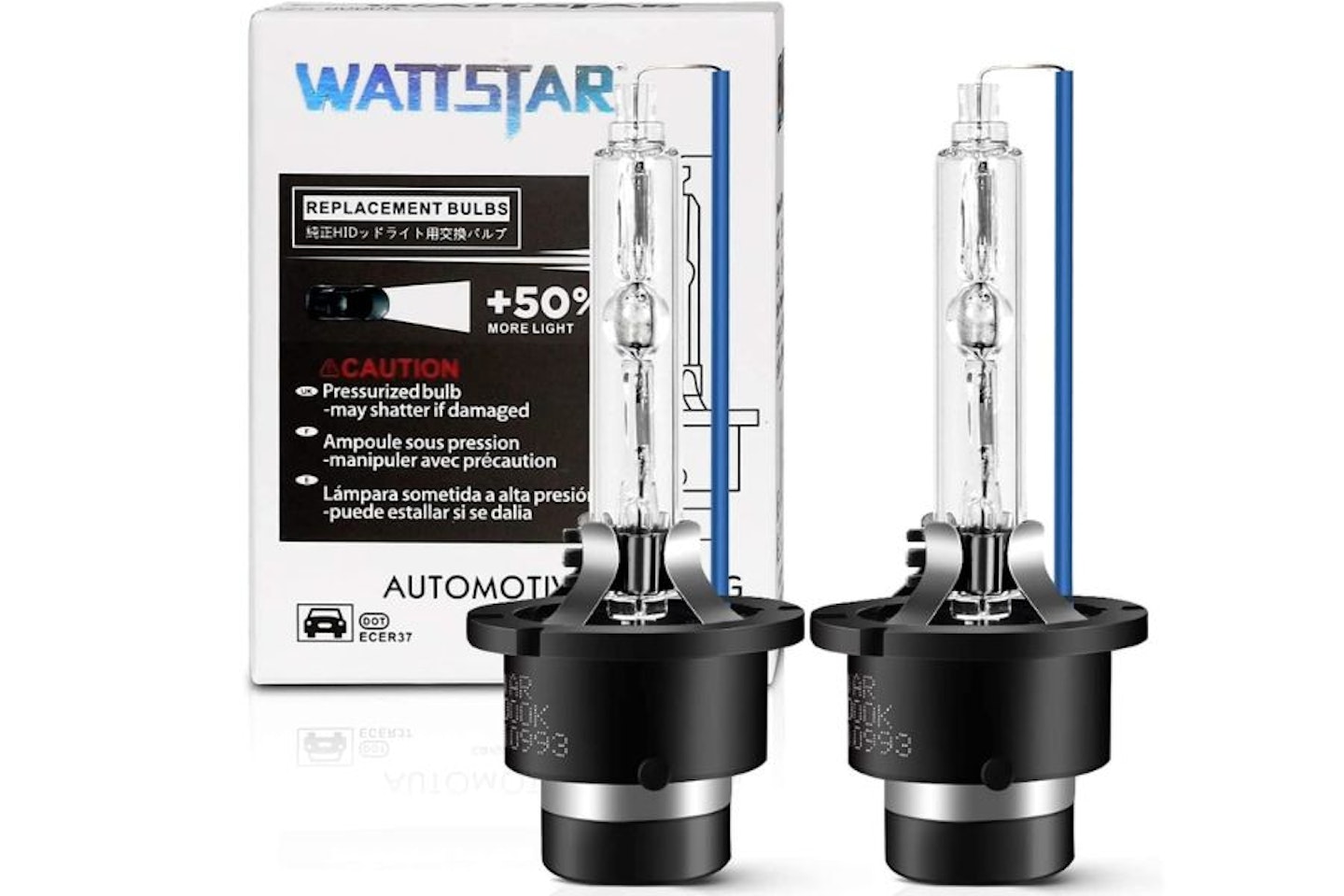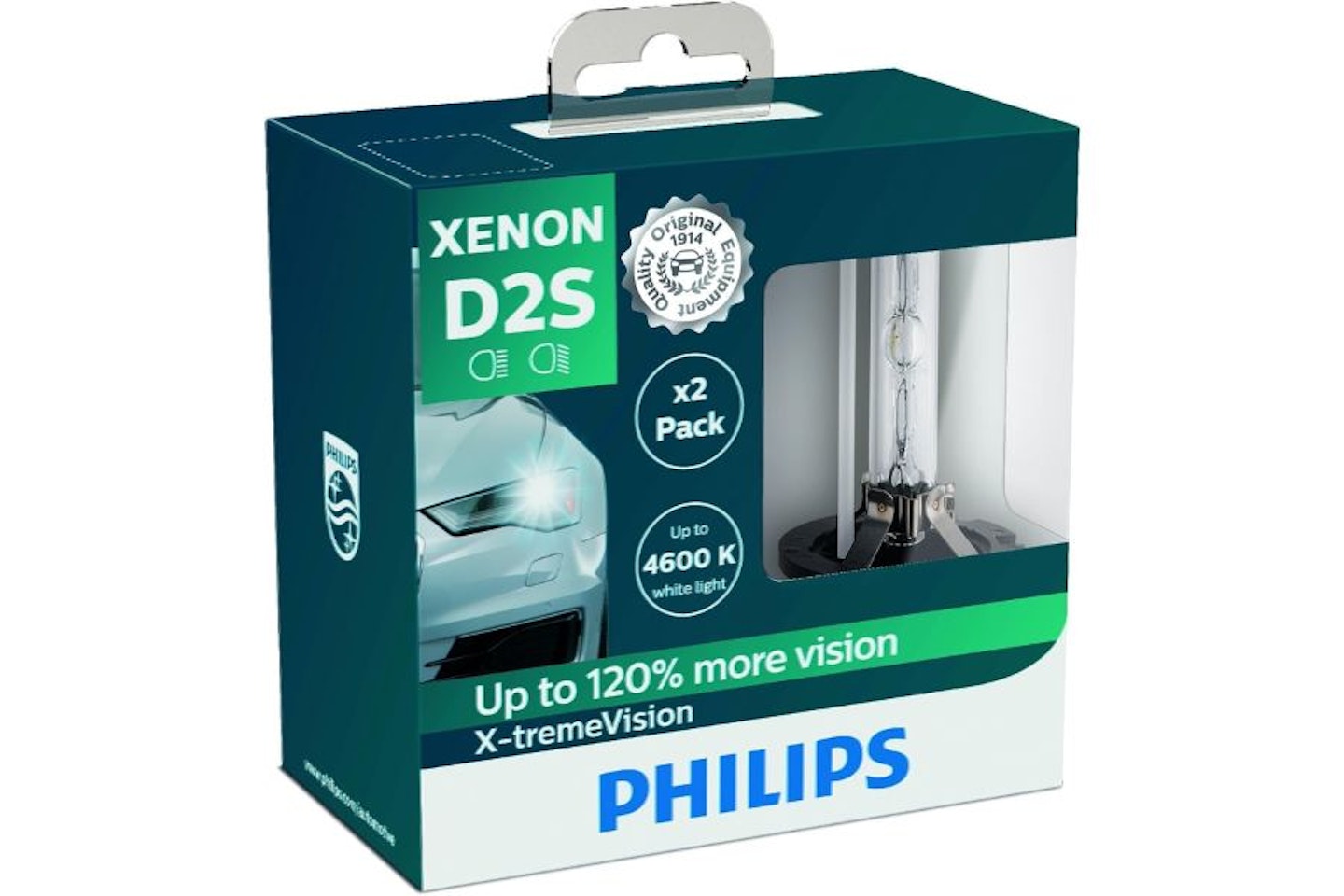If HID or High-Intensity Discharge bulbs are mentioned, you might raise a quizzical eyebrow, but change HID to Xenon, and you may be a little more illuminated. HID or Xenon headlight bulbs are much brighter than the typical Halogen bulb; they illuminate a much larger area and are probably best known for their trademark blueish-white light emission. You might think that HID bulbs are a relatively new development, but they've been around since 1951, although it wasn't until forty years later, in 1991, that the technology made it possible for BMW to use HID bulbs in its 7 Series for the first time.
HID bulbs have become increasingly popular as an option on high-end cars due to their distinctive appearance. They may be more expensive than Halogen bulbs but have a longer lifespan. They also illuminate more of the road before you, enhancing safety as the wider spread of light lets you see more of the road, which is particularly useful when approaching bends.
Unfortunately, it's not all good news. There is a myth that HID bulbs last forever; this is not the case. They are unlikely to fail completely, but the brightness emitted does degrade gradually with age, so much so that the average owner tends not to notice that the headlights are becoming weaker, especially as it won't affect the outcome of an MOT Test. So it is recommended that you replace them after five years of use.
The best HID bulbs at a glance:
Editor's choice: Osram Xenarc Original - Buy now from Amazon UK
Best for blue tint: Osram Xenarc Cool Blue Intense - Buy now from Amazon UK
Best for value: Wattstar OEM Quality D2S 8000K - Buy now from Amazon UK
If you are considering fitting HID bulbs as an aftermarket upgrade, the legal implications are also worth considering. According to the GOV.UK website: "In the Department for Transport’s view, it is not legal to sell or use after-market HID lighting kits for converting conventional Halogen headlamps to HID Xenon. If you want to convert your vehicle to Xenon HID, you must purchase completely new Xenon HID headlamps." New vehicles aren't affected as they already comply with European-type approval regulations. With all that said, let's take a look at some of the best HID bulbs you can buy. To give a fair comparison, we've decided to look at different versions of the D2S bulb as, at the time of writing, it is the most popular HID bulb in the UK.
The best HID bulbs
Editor's choice
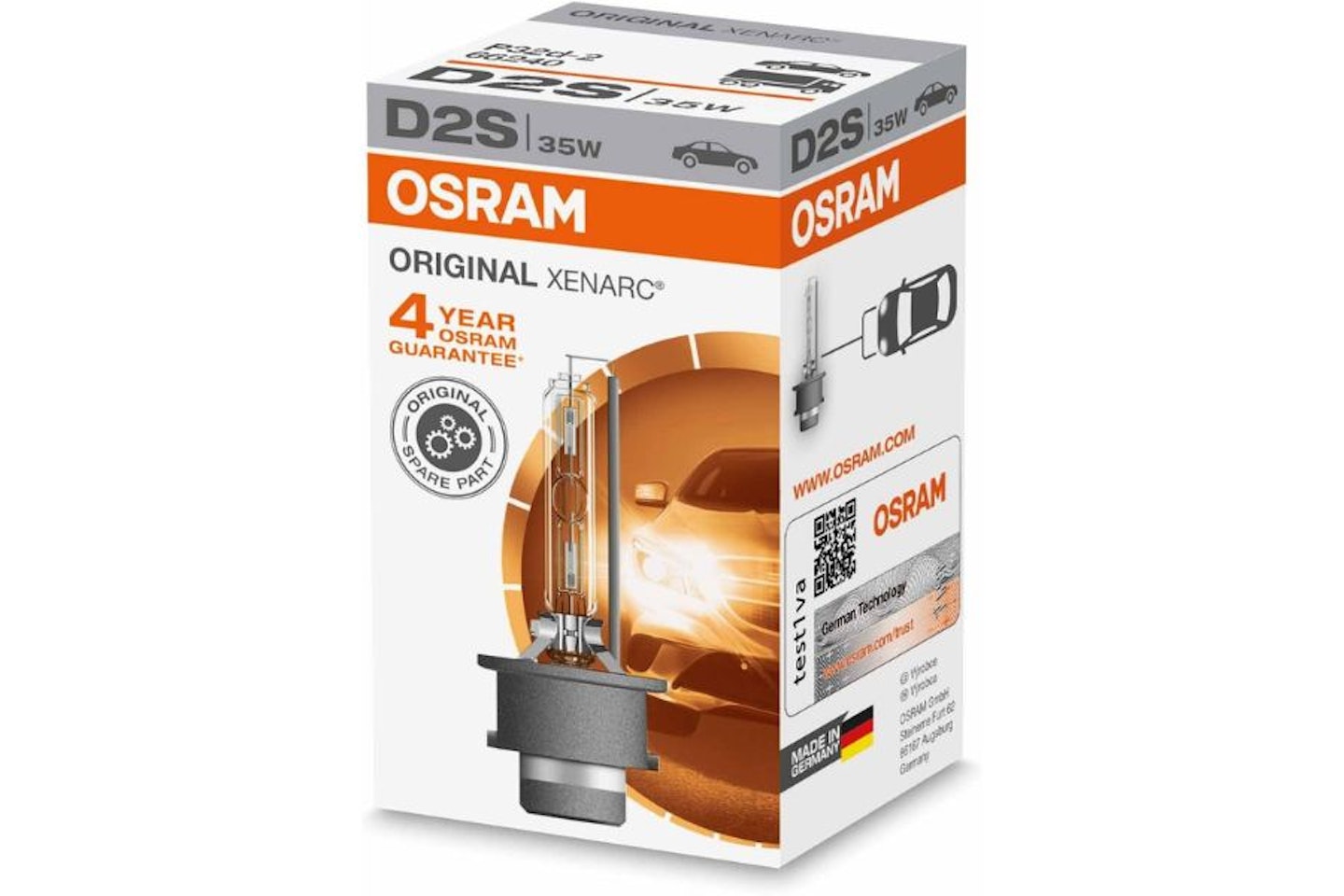
The Osram Xenarc Original is a pretty good balance between quality and value. It's certainly not the most expensive bulb on our list, but it is made to OEM (Original Equipment Manufacturer) standards and produces a colour temperature of around 4,500 Kelvin, which is closer to natural daylight than conventional halogen bulbs and an output of 3,200 lumens.
Osram has introduced a product authentication system called the Osram Trust Programme, which allows you to verify the authenticity of the bulbs you purchase, ensuring you get a top-quality product along with a four-year guarantee.
Pros
- Good value
- OEM standard
Cons
- Output is not quite as white as hoped
The best HID bulb for durability
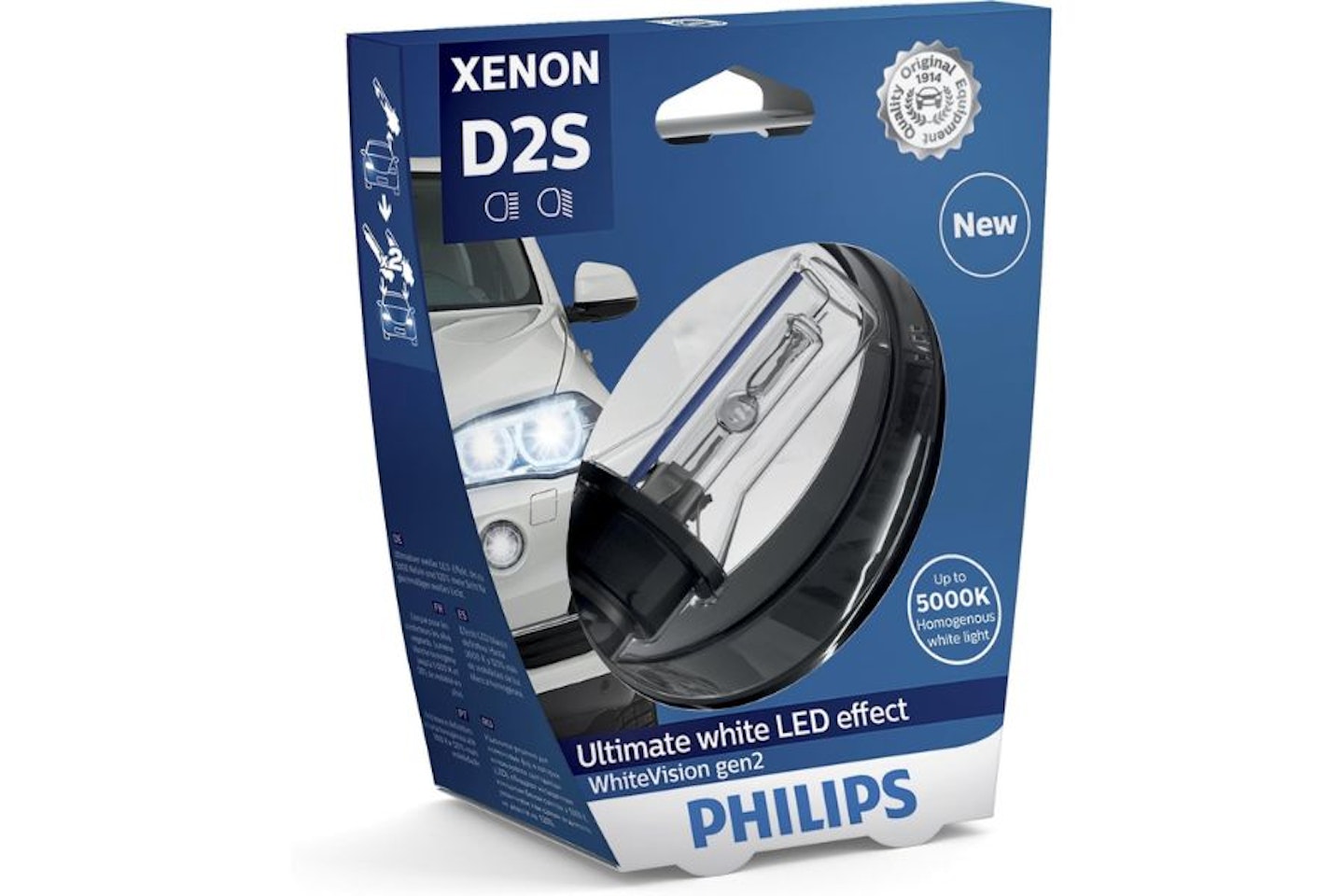
The colour temperature on these Philips lamps is rated as up to 5,000 Kelvin giving a crisp white look similar to LED lights with plenty of power to illuminate more area on those dark roads. The resulting light offers excellent visibility for safer driving without irritating other drivers. Philips use quartz glass in the manufacture of the bulb as it's more resistant to vibrations and changes in temperature. You can expect an output of around 3,300 lumens.
Pros
- Crisp white look
- Quartz glass for improved reliability
Cons
- No blue tint
The best HID bulb for performance
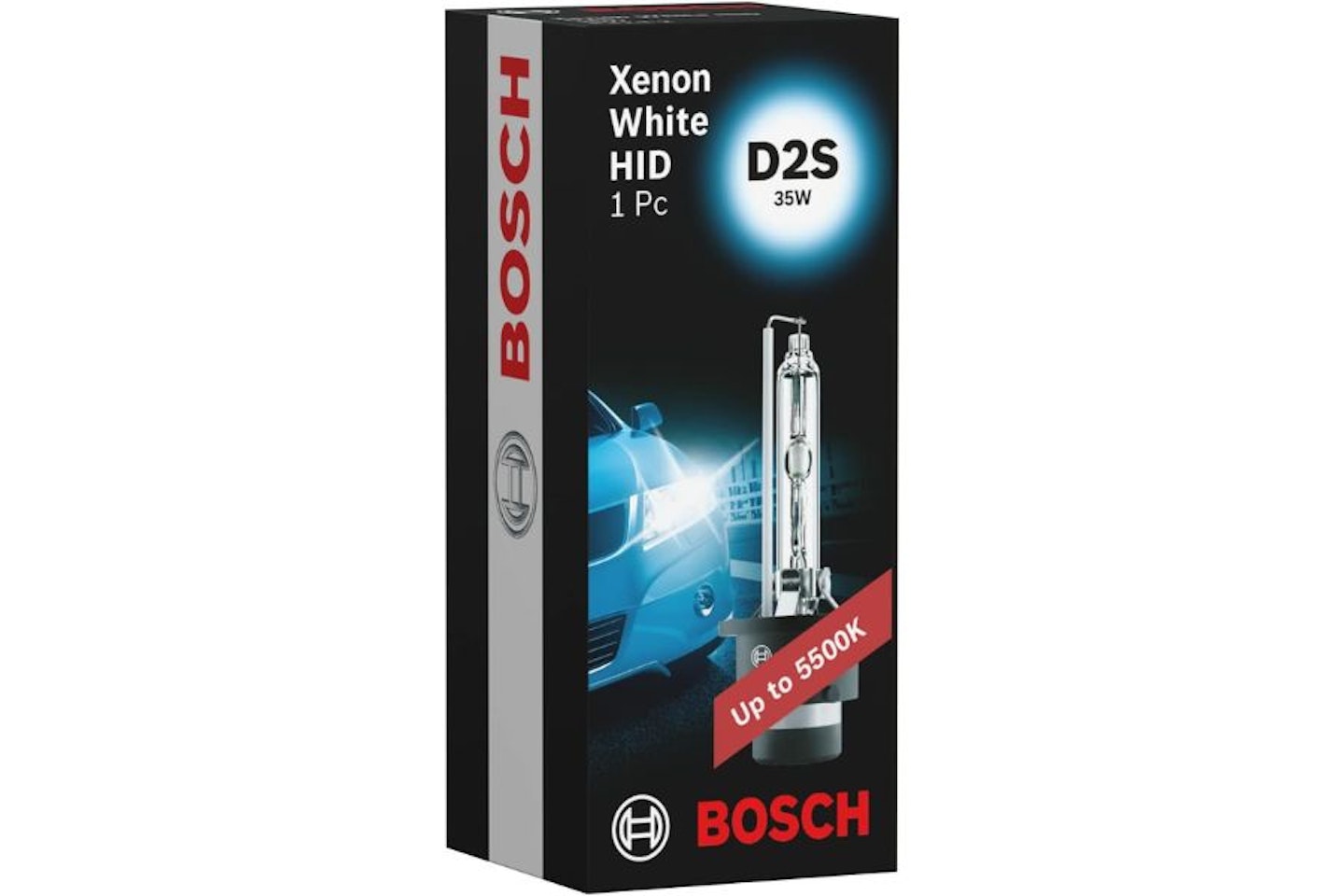
Bosch promises 20% more light output than standard Xenon bulbs, along with a colour temperature of around 5,500Kelvin and an output of 3,200 lumens in the Xenon White HID Bulb. You have the Bosch name to ensure quality and reliability with a lifespan of around 2,500 hours.
Pros
- Good value
- Long lifespan
Cons
- More yellow than blue
The best HID bulb for night-time driving

www.halfords.com
Here's one from the Night Breaker series from Osram. This one is a bit of an upgrade from the Xenarc Original, as it promises 200% greater output than that required by law, allowing you 250m of nighttime illumination. The colour temperature remains at around 4,500K with an output of 3,200 Lumens, giving a crisp white light and making driving in low visibility much more comfortable.
Pros
- Extended night-time vision
- Long beam
Cons
- Shorter guarantee than the Osram Xenarc Original
The best HID bulb for blueness
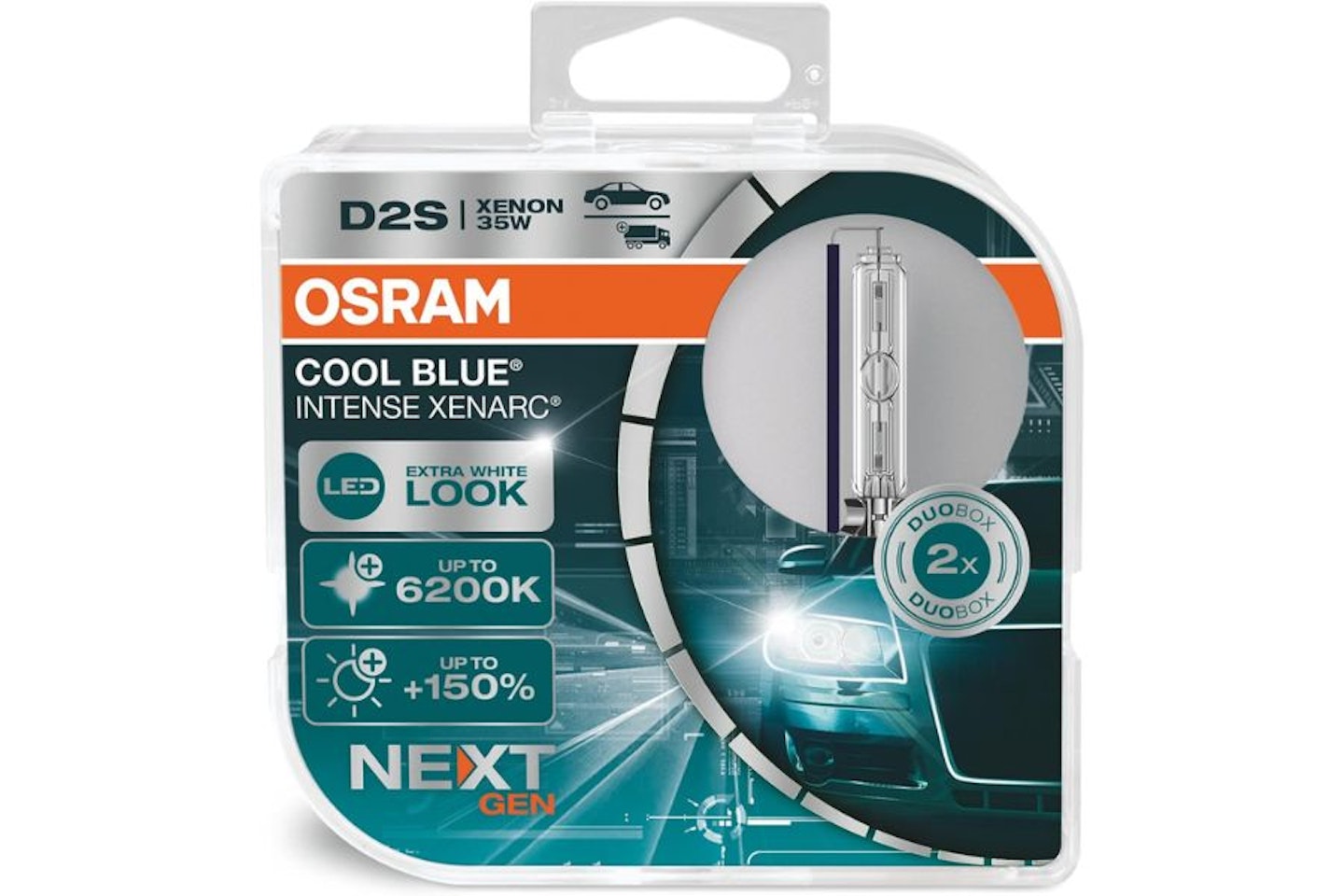
As the name suggests, The Osram Xenarc Cool Blue Intense will give that stylish and distinctive blueish-white light as the colour temperature is rated at 6,200K, which is combined with an output of 3,500 Lumens to give some pretty good results in low visibility. One thing to consider is that while the bluish-white light can be aesthetically pleasing, it might distort the perception of true colours for some drivers.
Pros
- Stylish appearance
- Less night-time driving fatigue
Cons
- Colour temperature can take some time to stabilise
The best HID bulb for value
If you find yourself restricted by budget, you can't go far wrong with this set of two bulbs from Wattstar, which come in a choice of colour temperatures: 4,300, 6,000 and 8,000 Kelvin. The performance may not be just as refined as the more expensive ones, and they may take a little bit longer to reach their optimum colour temperature, but if you mainly drive in reasonably well-lit streets, you shouldn't notice much difference.
Pros
- Great value
- Choice of colour temperatures
Cons
- Slightly lower performance
The best HID bulb set
If you prefer to replace your headlight HID bulbs in pairs to ensure matching performance, this set from Philips will give you 3,200 Lumens output and with a colour temperature of 4,200K, you get a more yellowish hue, but you still get improved brightness and distance results. As with other brands, the bulbs may take some hours of use to reach optimum performance levels.
Pros
- Ideal set for replacing both bulbs
- Good value
Cons
- Warm rather than blue lights
HID headlights: frequently asked questions
What is the difference between HID and Halogen bulbs?
HID bulbs produce light by creating an electrical arc between two electrodes in a gas-filled chamber, typically using xenon gas, whereas halogen bulbs use a filament. HID bulbs tend to be brighter and have a longer lifespan than halogen bulbs.
What are the main types of HID bulbs?
The first to be launched were the D1 bulbs in the early 90s. These have igniters that are built into the bulb base. Next came the D2 series. These do not have igniters integrated into the base, so they are much smaller. Later, the D3 and D4 bulbs that have been in use since 2009 do not contain any mercury and are more environmentally friendly. The series D bulb type is followed by either an R or an S suffix, with the R meaning the bulb comes with an opaque shield that covers parts of the bulb and is designed to work in Complex Surface Reflector headlamp units. Bulbs with the suffix S don't have this cover and are designed to work in Projector headlamps. HID bulb types are not interchangeable.
Are HID bulbs legal?
If they are fitted as standard to a new car, yes, they are. It is illegal to retrofit them to conventional Halogen headlights (for example, if you modernise your car) without replacing the entire headlamp. This only applies to road cars, a track-only car for example can be upgraded.
How long do HID bulbs last?
Anywhere from 2,000 to 3,000 hours of use compared to 500 to 1,000 for a halogen bulb. It's worth remembering, though, that the brightness of an HID bulb gradually reduces over time, and it is recommended that they be replaced every three to five years.
Is it worth upgrading to HID bulbs?
There is quite an initial cost involved in upgrading, but some of the benefits include whiter, more natural light, brighter headlights, a wider beam, longer-lasting bulbs, energy efficiency and lower heat output.
Alex Boyd is a Commercial Content Writer at CAR and Parkers specialising in power tools and pressure washers. In his spare time, he enjoys DIY, Travel, Gardening, and music.
